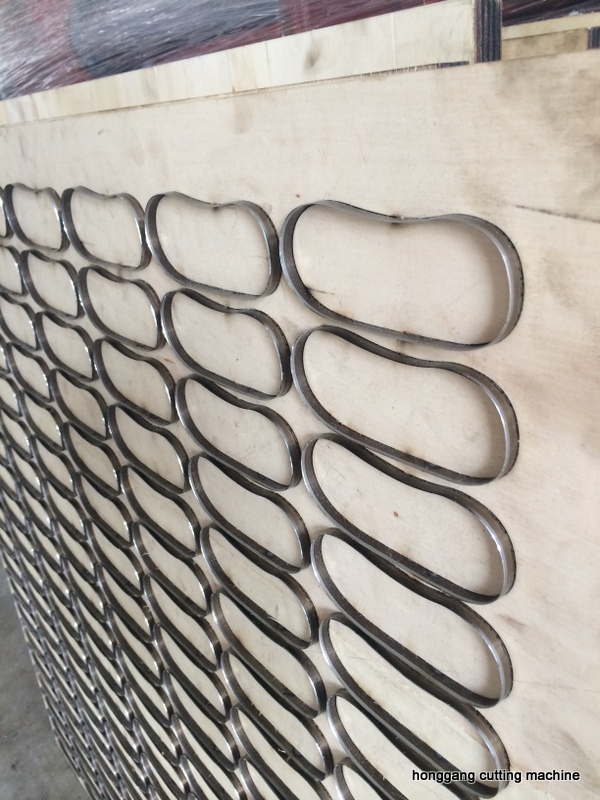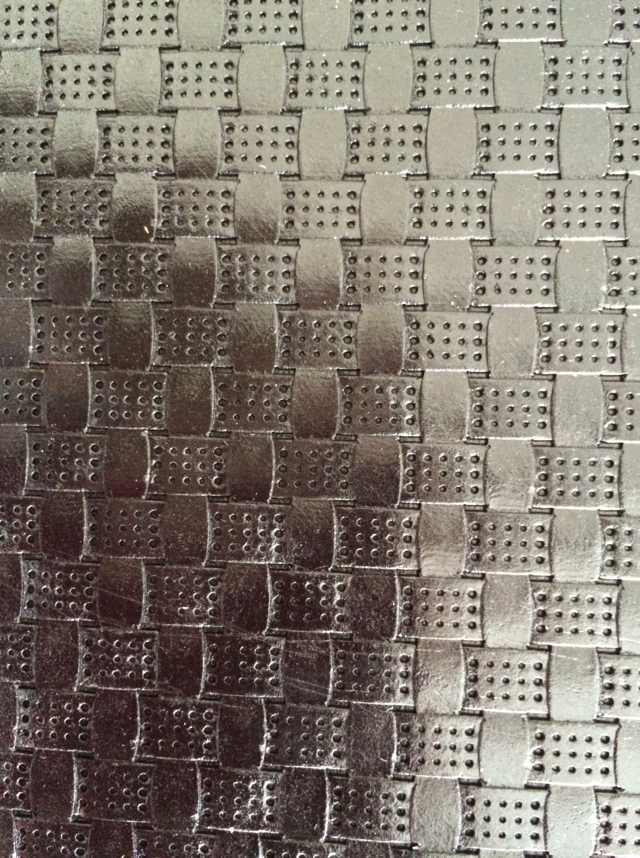Die Cutting
Die cutting is the process of using a die to shear webs of low-strength materials, such as rubber, fiber, foil, cloth,paper, corrugated fiberboard, paperboard, plastics, pressure-sensitive adhesive tapes, foam and sheet metal. In themetalworking and leather industries, the process is known as clicking and the machine may be referred to as a clicking machine.[1][2] When a dinking die or dinking machine is used, the process is known as dinking.[1][3] Commonly produced items using this process include gaskets,[4] labels, corrugated boxes, and envelopes.
Die cutting started as a process of cutting leather for the shoe industry in the mid-19th century.[5] It is now sophisticated enough to cut through just one layer of a laminate, so it is now used on labels, stamps, and other stickers; this type of die cutting is known as kiss cutting.[6]
Die cutting can be done on either flatbed or rotary presses. Rotary die cutting is often done inline with printing. The primary difference between rotary die cutting and flatbed die cutting is that the flatbed is not as fast but the tools are cheaper. This process lends itself to smaller production runs where it is not as easy to absorb the added cost of a rotary die.

Mold
A mold or mould is a hollowed-out block that is filled with a liquid or pliable material like plastic, glass, metal, or ceramic raw materials.[2] The liquid hardens or sets inside the mold, adopting its shape. A mold is the counterpart to a cast. The very common bi-valve molding process uses two molds, one for each half of the object. Piece-molding uses a number of different molds, each creating a section of a complicated object. This is generally only used for larger and more valuable objects.
The manufacturer who makes the molds is called the moldmaker. A release agent is typically used to make removal of the hardened/set substance from the mold easier. Typical uses for molded plastics include molded furniture, molded household goods, molded cases, and structural materials.
Types of molding include:
